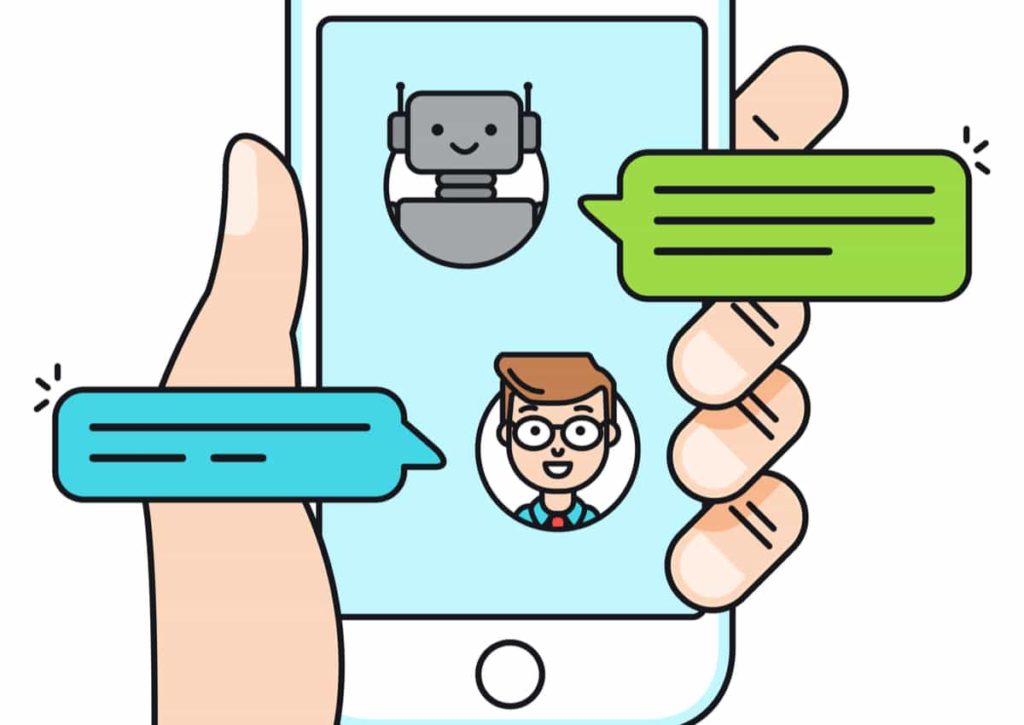When someone engages with your company, and shows some indication they might want to buy from you, they’re a qualified lead. But are they a marketing qualified lead (MQL) or a sales qualified lead (SQL)? And what’s the difference? Read on to learn what each is, how they are used, and the differences between SQL vs MQL.
What is a Marketing Qualified Lead?
A marketing qualified lead is an individual or organization that is engaged with your company in some way and indicated some interest in your product. They may have signed up to a newsletter or contacted your chatbot. However there is limited information about them, so it is not clear whether they have any interest or budget in purchasing.
Once more information is gathered they may become a sales qualified lead.
What is a Sales Qualified Lead?
A sales qualified lead is an individual or organization where there is some likelihood that they might buy. You are talking to a person who is a decision-maker in a company and there is sufficient indication that they are considering purchasing a product to meet a need they currently have.
In this situation, your product is able to meet that need, so you stand a good chance of making a sale.
Typically the process used to decide this is BANT. Do they have the budget to buy the product? Do they have the authority to purchase? Do they have the need for the product? Do they need the product in a reasonable timeframe?
Qualifying a lead is likely to be done within the sales department by a sales development representative, or SDR, who will reach out via email or call to the prospect to find out about their interest. Prospects to be qualified may come from research within the sales department, or they may be MQLs who have come through a top-of-the-funnel information gathering process.
The process of moving an MQL to an SQL is often done through a process known as lead scoring. This involves measuring the attributes of the lead against a fixed set of criteria, often based on the ideal customer profile. The better the fit, the more likely they are to be considered an SQL.
The problem is that in all cases, there’s no tangible evidence that those leads are actually ready to buy.
To quote Emmanuelle Skala’s Sales Hacker article:
“The problem is that we follow up with leads whose behavior doesn’t necessarily indicate interest in your product. No wonder conversion rates are so low, and getting worse.”
The Rise (and Fall) of the Product Qualified Lead (PQL)

Flash forward a few years, and SaaS companies begin to discover a new metric for aligning marketing and sales: the product-qualified lead (PQL).
Unlike MQLs and SQLs, PQLs are people who have signed up for a free or freemium version of a product.
So instead of the qualification criteria being set arbitrarily by marketing and sales teams, with a PQL, a person is considered qualified when they actually engage with the product.
While PQLs were definitely a step in the right direction, at Drift we eventually discovered that PQLs failed to account for everyone who was entering our funnel and converting into customers.
We offer a free version of our product, which generates PQLs, but we also engage with a lot of our web traffic via live chat, which brings in even more leads.
In some cases, a lead can go from having their first chat with us to buying in a matter of hours.
For those chat leads, the question then became: Who gets the credit when they convert into customers?
They weren’t PQLs, since they hadn’t signed up for our product. They weren’t MQLs or SQLs, since they hadn’t filled out a form (we had gotten rid of all our lead forms), and they hadn’t entered any nurturing flows…
Ultimately, we realized that the marketing metric we needed didn’t exist yet.
How AI Makes Generating Qualified Leads Easier

In a perfect world, marketing and sales teams would be able to respond to every new lead within five minutes.
As I mentioned in an earlier Sales Hacker post, responding in ten minutes versus five minutes can decrease your odds of qualifying a lead by 400%.
So, how many B2B sales teams are actually following this lead qualification best practice?
When we conducted a survey of 433 B2B companies earlier this year, we found that just 7% were able to respond to new sales inquiries within that five-minute window.
I mean, let’s face it:
Being on-call, 24/7, so you can respond to leads and start conversations with them in real-time just isn’t scalable….
Or is it?
Here’s our secret weapon: We use chatbots to ask people the same qualifying questions our (human) sales reps ask. That way, we can keep generating qualified leads around the clock, even when our sales reps are asleep, or away on vacation.
And using chat targeting, we can make sure we’re only displaying those bot campaigns to the website visitors who meet our target criteria in the first place.
With qualified leads, the point isn’t to forget about your existing qualification rules, it’s to make those rules actionable.
So when someone meets your lead scoring model, you can have a bot proactively trigger a conversation.
Depending on how that conversation goes, the bot can then route that lead directly to a sales rep (if available), or share a sales rep’s calendar and help the lead schedule some time for a demo, or (if the lead isn’t a good fit) the bot can end the conversation and say, “Thanks for stopping by.”
Providing that type of real-time experience just isn’t possible using traditional tools, and that’s why you can’t measure it using traditional metrics.
Why Some Use “Conversation-Qualified Leads” (CQLs)

The lead qualification metrics we had been using were rooted in a world that no longer exists — a world where company priorities and processes are put ahead of customer experience.
Specifically, we found that MQLs, SQLs, and PQLs all suffered from the same two issues:
1. They slowed down the buying process. Becoming MQLs, SQLs, and PQLs all require that people fill out forms and wait for follow-ups. They ignore the on-demand, real-time buying experiences that people have grown accustomed to these days.
2. They failed to explain why people were buying. Lots of data points are gathered when generating MQLs, SQLs, and PQLs, but there’s zero qualitative feedback. As a company, we wanted our lead qualification process to include why leads were thinking about buying and how they were planning on using our product.
And that’s how a company called Drift came up with the conversation-qualified lead or CQL™. As Drift defines it, a CQL is someone who has expressed intent to buy during a one-to-one conversation with either A) an employee at your company, or B) an intelligent sales assistant (bot). The overwhelming majority of CQLs come via live chat, but any conversation counts.
It’s not about the communication channel, it’s about hearing from someone first-hand that they’re interested in buying and then understanding why they’re interested in buying.
Unlike the other lead types that came before it, a CQL isn’t just a name, an email address, and a list of information you’ve gathered — it’s an archive of all of the conversations you’ve had with that particular lead.
And at Drift, we’ve found those conversations to be treasure troves in terms of understanding what types of leads are likely to become customers, and which features of our product those people find most appealing.
Final Thought: Qualified Leads = Sales & Marketing Alignment
By clarifying the definition of SQL vs MQL, and how we treat each, we’ve put having real-time conversations at the forefront of our sales and marketing strategy.
As a result, we’ve seen our sales cycle shrink from months and weeks to days and hours, and the alignment between our sales and marketing teams has never been stronger.
We’re adapting to the real-time, on-demand expectations of today’s buyers, and it’s a metric that our sales and marketing teams are both rallying around.
The way we see it:
If you’re not having conversations with your leads, you’re wasting them.



